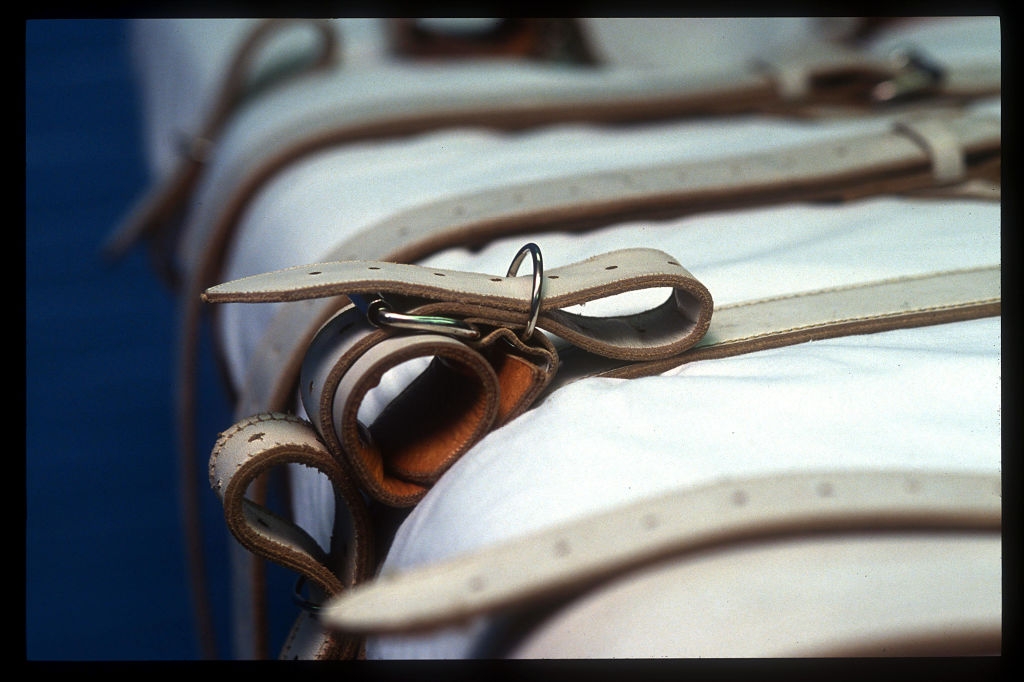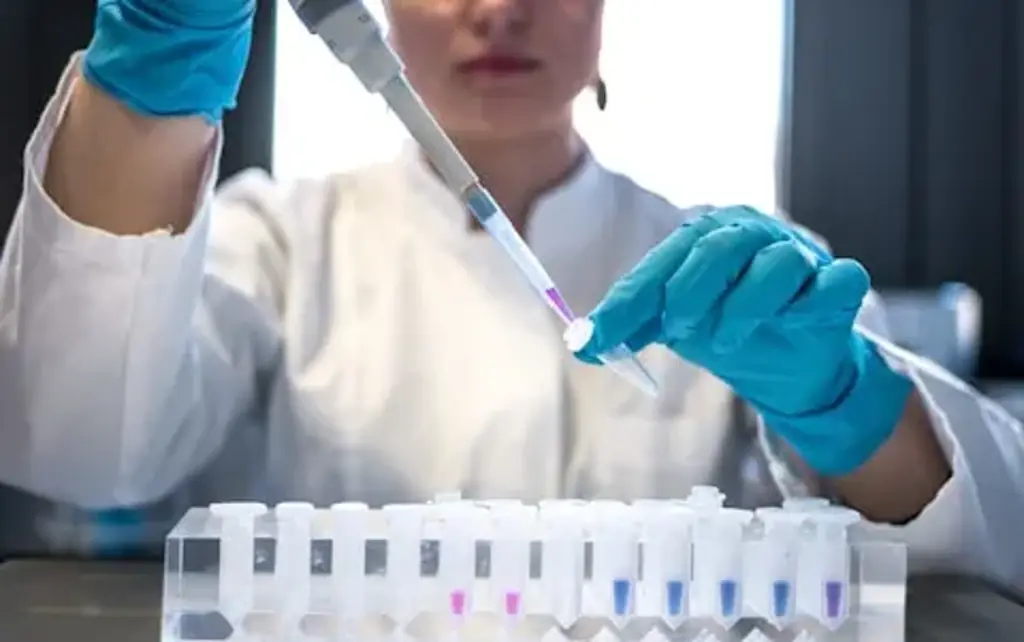Oklahoma executed an inmate on Thursday over a chilling cold case from 1996 involving the murder of a University of Oklahoma dance student.
This high-profile case remained unsolved for years until a pivotal DNA match linked Anthony Sanchez, 44, to the crime scene while he was serving time for burglary.
Juli Busken, a 21-year-old dance student and Arkansas native, had recently concluded her final semester at the university when she was abducted on December 20, 1996. The young ballerina, who had showcased her talents in numerous performances at OU, was discovered dead near Lake Stanley Draper, having been bound, raped, and shot.
Despite relentless assertions of his innocence, Sanchez was pronounced dead at 10:19AM, following a three-drug injection at the Oklahoma State Penitentiary in McAlester. “I’m innocent. I didn’t kill nobody,” proclaimed Sanchez during his final moments, per the New York Post. He went on to rebuke his former legal representatives and expressed gratitude to his supporters.
This execution brought the spotlight to Oklahoma’s contentious return to capital punishment, marking Sanchez as the third inmate executed this year, and the tenth since the state resumed death penalties in 2021 after a six-year halt due to execution method concerns.
Sanchez faced his fate without presenting a clemency application to the state’s Pardon and Parole Board, a move often seen as the final beacon of hope to defer a death sentence. A series of legal interventions unraveled as Sanchez's lawyer, Eric Allen, appealed for a stay of execution from the U.S. Supreme Court, citing the need for more time to scrutinize the case evidence, which was subsequently rejected.
Busken was memorialized with a dance scholarship in her name at the College of Fine Arts. The family found “closure and peace,” 26 years, nine months, and one day after Busken’s murder, according to state Attorney General Gentner Drummond.
The tapestry of evidence weaving Sanchez to Busken’s murder extended beyond the DNA match; ballistic evidence and a shoe print at the crime scene strengthened the case against him. Former Cleveland County District Attorney Tim Kuykendall, emphasized, “There is not one piece of evidence that pointed to anyone other than Anthony Sanchez.”

Controversies stirred around the reliability of the DNA evidence, with a private investigator alleging potential contamination and miscommunication of evidence strength to the jury by an inexperienced lab technician. However, Drummond staunchly defended the DNA’s irrefutable connection to Sanchez, deeming him “deserving of the state’s harshest punishment.”
This harrowing narrative highlights the intersection of technology and forensics in resolving longstanding crimes and the enduring debates surrounding capital punishment and execution protocols. The saga, wrapped in legal complexities, ethical quandaries, and the pursuit of justice, leaves a profound imprint on Oklahoma’s penal landscape and prompts reflection on the sanctity and value of human life amidst judicial deliberations.
Oklahoma, once operating one of the nation’s most active death chambers, faces continuing scrutiny and dialogues on the morality and efficacy of the death penalty, as it prepares for its next scheduled execution on November 30, further intensifying conversations on retribution, redemption, and the essence of justice in contemporary society.















